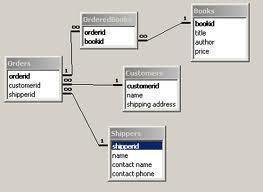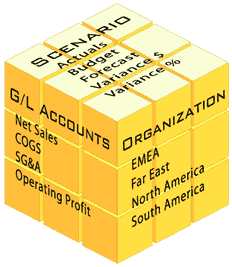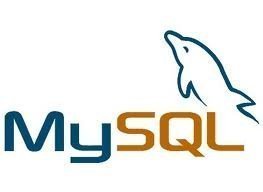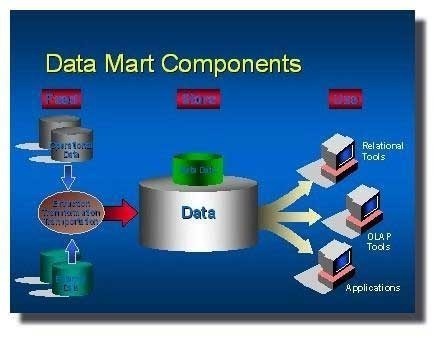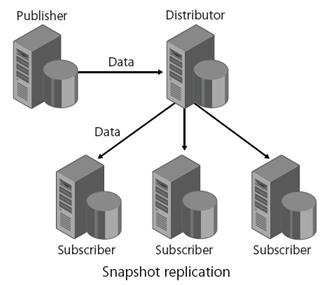Relational Database
A relational database stores data in separate tables instead of placing all data in one large table. It then allows Data Base Administrators (DBAs) to define relationships between these tables. These relationships enable DBAs to combine data from several tables for querying and reporting. This is accomplished through the use of keys, which are database …

